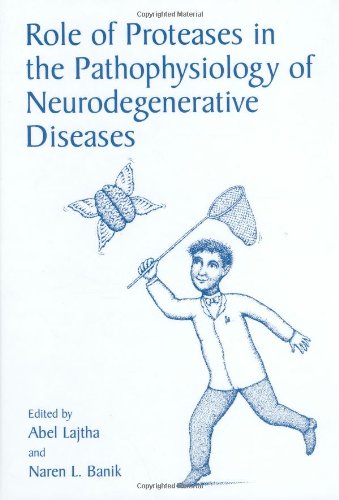

Most ebook files are in PDF format, so you can easily read them using various software such as Foxit Reader or directly on the Google Chrome browser.
Some ebook files are released by publishers in other formats such as .awz, .mobi, .epub, .fb2, etc. You may need to install specific software to read these formats on mobile/PC, such as Calibre.
Please read the tutorial at this link: https://ebookbell.com/faq
We offer FREE conversion to the popular formats you request; however, this may take some time. Therefore, right after payment, please email us, and we will try to provide the service as quickly as possible.
For some exceptional file formats or broken links (if any), please refrain from opening any disputes. Instead, email us first, and we will try to assist within a maximum of 6 hours.
EbookBell Team

4.7
96 reviews
ISBN 13: 9780306468476
Author: Herman Friedman, Allen Honeyman, Able Lajtha, Lynda J Katz
I. Introduction to Proteases and Neurodegeneration
II. Major Protease Systems in the Brain
III. Proteases in Specific Neurodegenerative Diseases
IV. Therapeutic Approaches Targeting Proteases
V. Emerging Concepts and Future Directions
role of proteases in the pathophysiology
role of proteases
describe the role of a protease in the cell cycle
protease importance
protease functions
Tags: Herman Friedman, Allen Honeyman, Able Lajtha, Lynda J Katz, Role, Pathophysiology